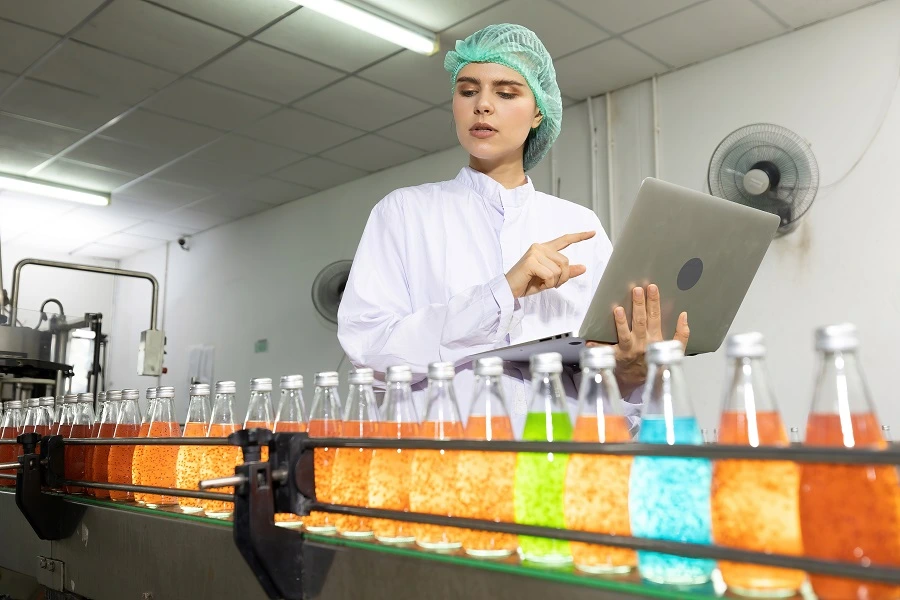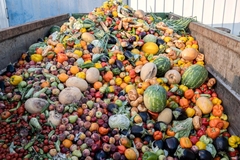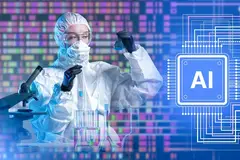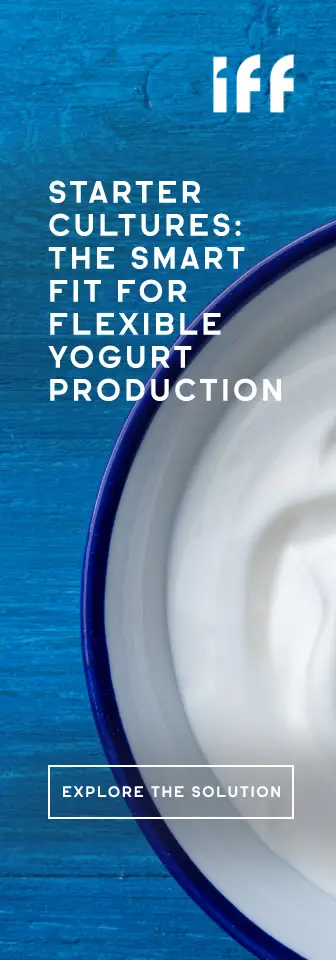IFT: AI won’t take a food scientist’s job, but a food scientist using AI might
Key takeaways
- IFT’s CoDeveloper platform and its generative AI feature Sous help food formulators accelerate product development.
- Sous acts as a “co-scientist” to support formulators with technical insights and early identification of roadblocks.
- Key hurdles include data privacy, reliance on non-peer-reviewed sources, integration into existing workflows, and staff training.
AI is rapidly making inroads in F&B labs as formulators explore how it can complement human expertise. While scientists remain vital in product development, AI tools are proving effective at connecting them with consumer data, research insights, and improved NPD workflows.
Tools such as the Institute of Food Technologists’ (IFT) proprietary AI-powered R&D platform, CoDeveloper, and its generative AI feature, Sous, showcase how digital tools can streamline formulation, reduce trial-and-error, and support science-backed decision-making.
The platform helps formulators accelerate the lab-to-market process while helping manufacturers overcome technical roadblocks.
“AI can offer valuable considerations and callouts during the early stages of food product development from blue-sky iteration to rapid iterations,” Renee Leber, food science and technical services manager at IFT, tells Food Ingredients First.
“While it likely won’t eliminate the need for all formulation work, it can help get your first formulation much closer to the final product — potentially cutting the number of iterations in half.”
By working with CoDeveloper, food scientists can quickly get a strong starting formulation and a foundational understanding of their questions, she adds.
The tool was developed by IFT’s team of food scientists and harnesses AI’s computing speed to connect users to IFT’s 85-plus years of peer-reviewed research and published content while they develop market-competitive products.

AI as a “co-scientist”
At a time when F&B manufacturers are increasingly incorporating AI to speed up R&D, interpret trends, and enhance sensory analysis, IFT is advancing its use in NPD through the Sous tool built into CoDeveloper.
“Sous, CoDeveloper’s chat feature, can be used to discuss desired attributes or callouts and assist in designing or modifying the formulation to meet those goals,” Leber explains.
“Sous acts as a co-scientist, helping the user access considerations and technical information along the product development process, helping to identify technical challenges before they happen or connect the user to technical information to accelerate the problem-solving process.”
Sous can support its answers with formulators with science-backed information, such as studies and published data. It connects users to relevant research and information through a “retrieval augmented generation (RAG) system,” helping reduce the time needed to find relevant information.
“Additionally, for users developing products in new categories, Sous can decrease the learning curve by providing science-backed considerations and starting points,” continues Leber.
AI can also efficiently find resources on novel technology and ingredients. “When using these novel ingredients and processes within formulation, AI can provide considerations and callouts that the developer may not have considered or been aware of,” says Leber.
“Some AI platforms can work these into early-stage formulation assistance for developers who may be less familiar with the ingredients.”
 Today’s AI is the worst it will ever be, meaning it will only continue to advance, says Leber.
Today’s AI is the worst it will ever be, meaning it will only continue to advance, says Leber.
Challenges in AI implementation
Along with the host of benefits it provides, AI might pose some challenges to companies as they implement it in their operations.
“Companies will face privacy concerns from many tools. A lot of AI tools will still train on aggregate data, meaning that what users enter could be used to train the AI and potentially influence the outputs the AI will give after that. This could mean that trade secrets may be made less secure,” says Leber.
Businesses may also struggle with AI tools in terms of timeliness and accuracy.
“It is important to understand how AI tools are being kept up to date and what the most recent information they are able to pull is. It may be a challenge pulling the latest information with AI tools, and companies will have to understand the limitations.”
Additionally, understanding what information the AI is able to source can also present hurdles for formulators.
“Many AI tools are pulling from non-peer reviewed publications and data inspiring a lack of confidence in the outcomes. A more nuanced version of this concern is that the training an AI has may provide the AI with biases reflected in the outputs.”
“Lastly, as with all new tools, there will be users who take to the tool and users who are slower to adapt to the tool and incorporate it into their regular work. AI tools may not integrate easily into legacy tools or workflows further complicating this. Making sure a tool is used properly and consistently will be a challenge for companies,” Leber emphasizes.
Ensuring safe AI usage
In light of safety concerns, Leber urges companies to understand how their data and information are used by or within AI systems, as some systems may use data anonymously to enhance or train their systems.
“The food industry is constantly evolving, so it’s critical that AI systems remain up to date to ensure outputs stay relevant. For both reasons, it’s important to carefully select the AI systems being used to ensure trustworthy information is received without compromising security.”
“Lastly, internal teams will need training on how to effectively and appropriately use AI. This ensures that its capabilities are understood and applied appropriately.”
 AI decreases the learning curve for scientists developing products in new categories or with novel ingredients.
AI decreases the learning curve for scientists developing products in new categories or with novel ingredients.
Will AI replace humans?
Leber addresses the common question across industries of whether humans can expect AI to replace them in the future.
“As we see this at IFT, AI will not take a food scientist’s job, but a food scientist using AI very well might. AI provides considerations, research, and potential pathways around roadblocks. It is up to the scientist to synthesize this information and make the decisions necessary for their projects.”
“The advice I’d give to R&D teams is to start utilizing AI now. We like to say that today’s AI is the worst it will ever be, meaning it will only continue to advance.”
As AI tools become more specialized and tailored to specific professions and needs, their outputs will become “more precise, relevant, and actionable,” anticipates Leber.
“The combination of technical progress and targeted development ensures that AI will be increasingly effective and efficiency-driven. Understanding how AI works and its strengths and limitations will help teams use it more effectively and confidently.”
Finally, she emphasizes the role of humans in ensuring source accuracy. “While AI is a powerful tool — especially for tasks like data analytics — scientists must remain actively involved to ensure the input data and sources are trusted and the output aligns with the intended application.”
















